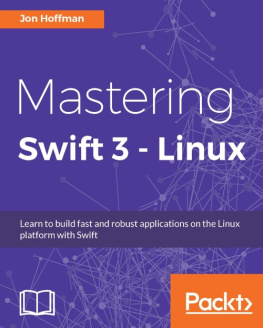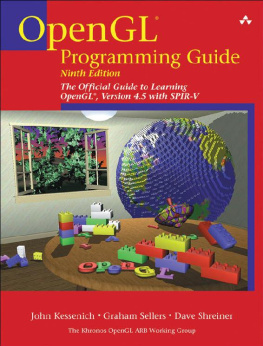Mark Summerfield - C++ GUI Programming with Qt 4
Here you can read online Mark Summerfield - C++ GUI Programming with Qt 4 full text of the book (entire story) in english for free. Download pdf and epub, get meaning, cover and reviews about this ebook. year: 2008, publisher: Prentice Hall, genre: Computer. Description of the work, (preface) as well as reviews are available. Best literature library LitArk.com created for fans of good reading and offers a wide selection of genres:
Romance novel
Science fiction
Adventure
Detective
Science
History
Home and family
Prose
Art
Politics
Computer
Non-fiction
Religion
Business
Children
Humor
Choose a favorite category and find really read worthwhile books. Enjoy immersion in the world of imagination, feel the emotions of the characters or learn something new for yourself, make an fascinating discovery.
- Book:C++ GUI Programming with Qt 4
- Author:
- Publisher:Prentice Hall
- Genre:
- Year:2008
- Rating:5 / 5
- Favourites:Add to favourites
- Your mark:
C++ GUI Programming with Qt 4: summary, description and annotation
We offer to read an annotation, description, summary or preface (depends on what the author of the book "C++ GUI Programming with Qt 4" wrote himself). If you haven't found the necessary information about the book — write in the comments, we will try to find it.
The Only Official, Best-Practice Guide to Qt 4.3Programming
Using Trolltechs Qt you can build industrial-strength C++applications that run natively on Windows, Linux/Unix, Mac OS X,and embedded Linux without source code changes. Now, two Trolltechinsiders have written a start-to-finish guide to gettingoutstanding results with the latest version of Qt: Qt 4.3.
Packed with realistic examples and in-depth advice, this is thebook Trolltech uses to teach Qt to its own new hires. Extensivelyrevised and expanded, it reveals todays best Qt programmingpatterns for everything from implementing model/view architectureto using Qt 4.3s improved graphics support. Youll find provensolutions for virtually every GUI development task, as well assophisticated techniques for providing database access, integratingXML, using subclassing, composition, and more. Whether youre newto Qt or upgrading from an older version, this book can help youaccomplish everything that Qt 4.3 makes possible.
Completely updated throughout, with significant new coverage ofdatabases, XML, and Qtopia embedded programming
Covers all Qt 4.2/4.3 changes, including Windows Vista support,native CSS support for widget styling, and SVG file generation
Contains separate 2D and 3D chapters, coverage of Qt 4.3s newgraphics view classes, and an introduction to QPainters OpenGLback-end
Includes new chapters on look-and-feel customization andapplication scripting
Illustrates Qt 4s model/view architecture, plugin support,layout management, event processing, container classes, and muchmore
Presents advanced techniques covered in no otherbookfrom creating plugins to interfacing with nativeAPIs
Includes a new appendix on Qt Jambi, the new Java version ofQt
Mark Summerfield: author's other books
Who wrote C++ GUI Programming with Qt 4? Find out the surname, the name of the author of the book and a list of all author's works by series.

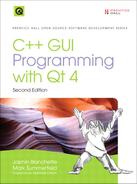
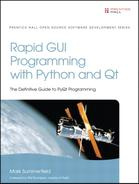



![Mark Summerfield [Mark Summerfield] - Advanced Qt Programming: Creating Great Software with C++ and Qt 4](/uploads/posts/book/119723/thumbs/mark-summerfield-mark-summerfield-advanced-qt.jpg)
![Mark Summerfield [Mark Summerfield] - Rapid GUI Programming with Python and Qt: The Definitive Guide to PyQt Programming](/uploads/posts/book/119719/thumbs/mark-summerfield-mark-summerfield-rapid-gui.jpg)
